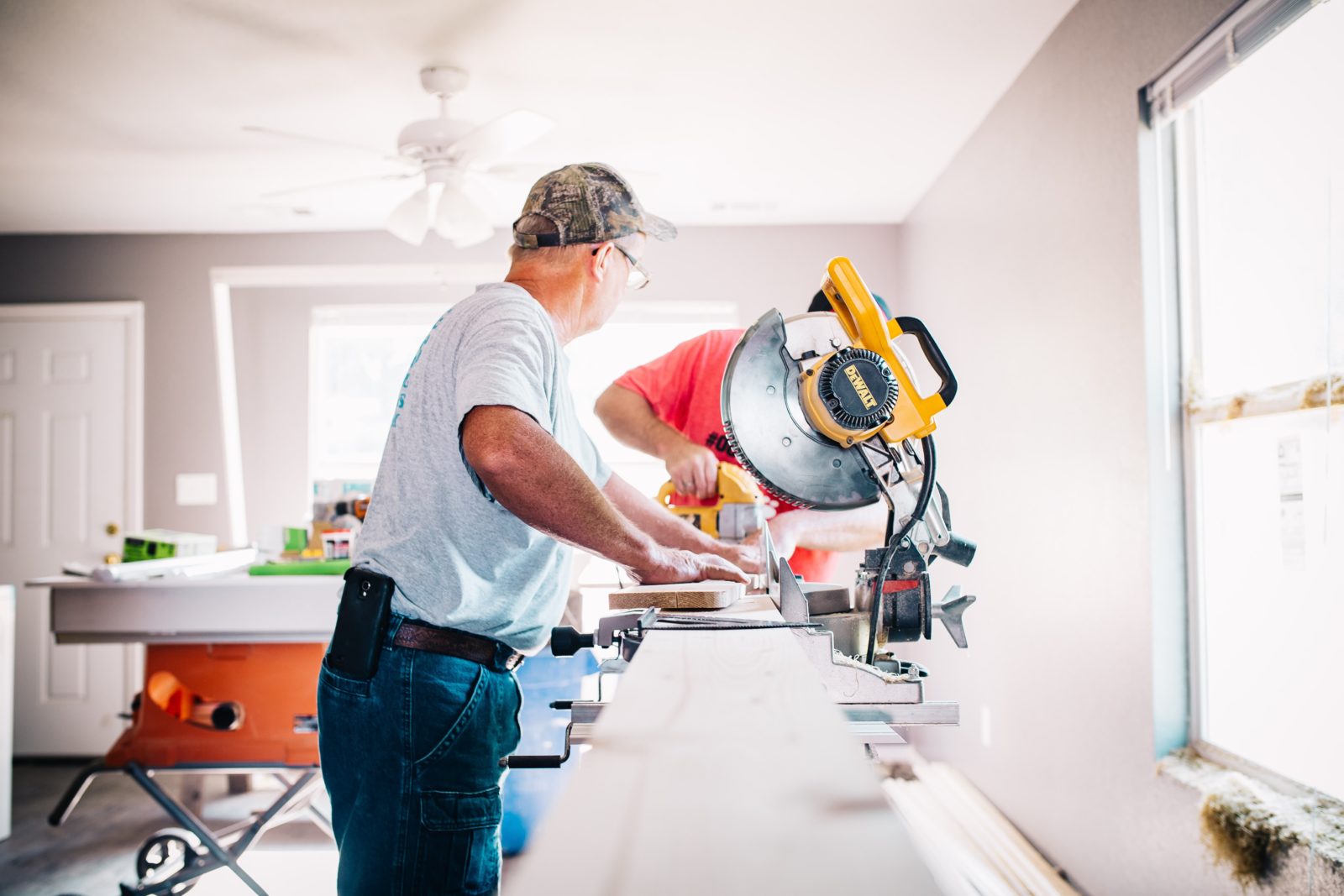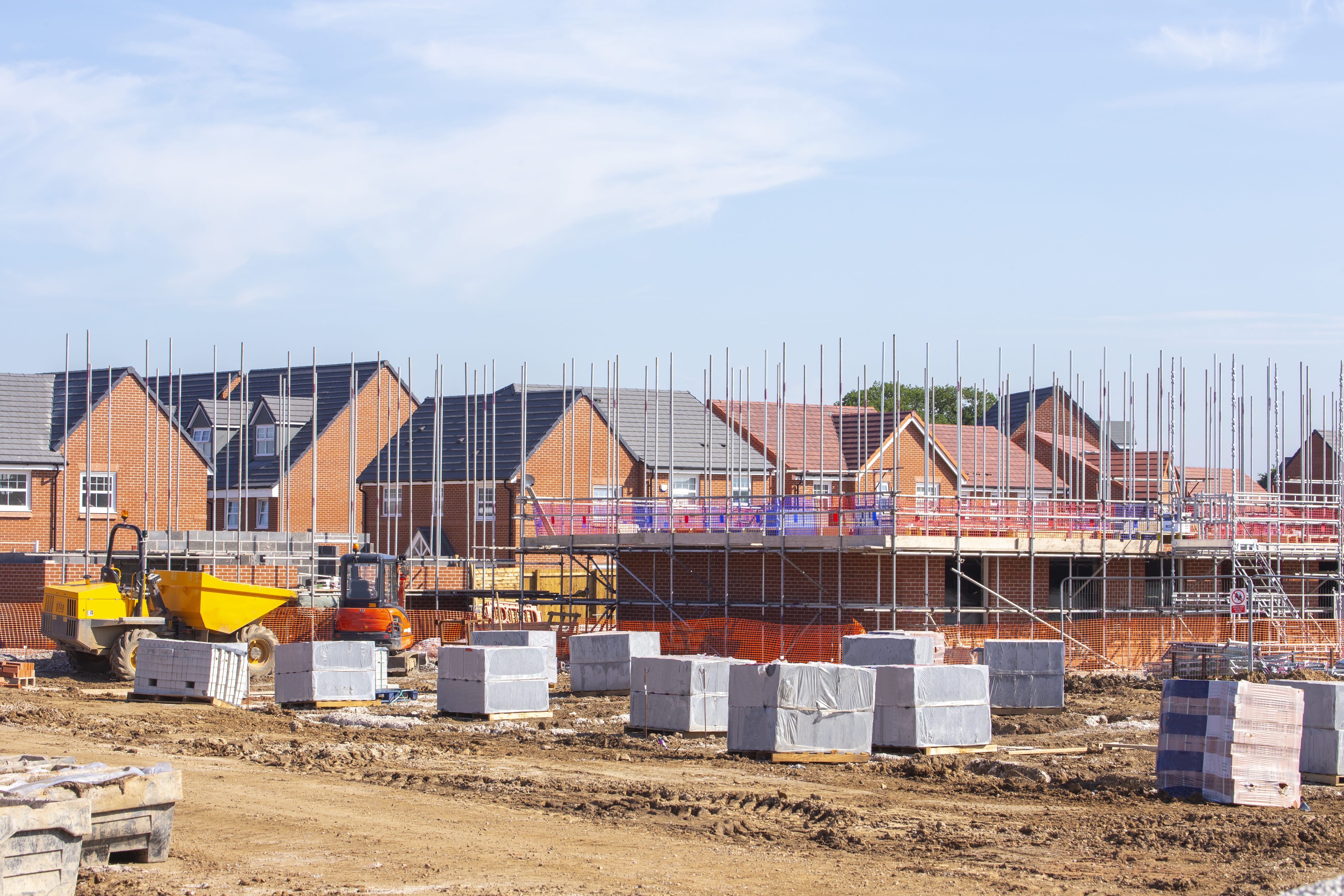In the era of do-it-yourself home remodels, homeowners worldwide are tearing out old pipes and floors and knocking down walls and ceilings. But in their efforts to renovate their houses, they may expose themselves to toxic asbestos.
If you have always dreamt of owning a house, the appeal of purchasing an older building and transforming it into your DIY project to give it a custom touch is understandable. Even if it’s an exciting endeavour, you may get ahead of yourself without being aware that asbestos is lurking in your recently bought house.
What is asbestos?
Asbestos is a mineral resistant to electricity, fire, and heat, its properties making it ideal for building insulation throughout the 20th century. However, in the 1970s, healthcare specialists discovered that asbestos could cause severe health issues like cancer and the construction industry banned them from use.
Nowadays, asbestos is heavily regulated worldwide, yet it still lingers in old houses. People often have the misconception asbestos is no longer a concern because the authorities have regulated it. But regulations failed to address the asbestos found in old houses.
Is asbestos harmful to your health?
As already stated, asbestos is harmful to your health. Researchers discovered in 1960 that asbestos exposure could trigger several diseases like lung cancer or asbestosis. When tearing down walls and ceilings, you could disturb tiny asbestos fibres and inhale them, exposing yourself to long term lung tissue damage.
Signs there is asbestos in your home
How can you tell if there’s asbestos in the house you just purchased? Part of what makes asbestos challenging to detect is that constructors used it in several materials, so it can be found anywhere, from the paint on the walls to flooring and insulation.
Below is a list of just some household materials that are likely to contain asbestos in houses built before the 1970s.
– Wall paint
– Vinyl floor tiles
– Blown-in attic insulation
– Plaster
– Fibre cement
– Glue used to attach floor tiles to wood or concrete
– Roofing material
– Linoleum
– HVAC duct insulation
– Crumbling drywall
– Brittle ceiling tiles
– Damaged roof tiles
– Cracked gables
Keep in mind that just because you find any of the above materials in your house doesn’t mean they contain asbestos. Only testing can confirm its presence, as the naked eye cannot see it. Also, materials in good condition won’t release asbestos fibres, but you may create a health hazard by removing surfaces and disturbing them during the renovation process.
If you suspect your new house contains asbestos and plan to renovate it on your own, call an inspector to check the property. They’ll perform a complete visual examination and collect samples. In cases where the inspector identifies asbestos on surfaces, they provide a written evaluation describing its location and provide recommendations on how to contain or remove it. They’ll also evaluate the house after removal and repair to ensure that you have properly cleared it.
What to do if you have asbestos in your home?
If the inspector confirms asbestos in your house, don’t panic. As mentioned above, asbestos infested materials that aren’t disturbed or damaged pose no risk to your health. When in good condition, asbestos-containing materials release no fibres. However, if you damage, disturb, scrape, drill, sand, cut, remove, or repair them, they may release fibres that could harm your health.
Don’t touch the areas or surfaces the inspector identified as carrying asbestos and look for signs of wear or tear, water damage, or abrasions. Damaged materials could release toxic fibres even if you don’t directly touch them. This is particularly true if they’re exposed to airflow or extreme vibrations. If there are slightly damaged surfaces, limit access to the room and do not disturb or touch it. Keep activities to a minimum close to the areas containing damaged materials that could contain asbestos and prevent your children from going near. You need to hire professionals to remove and repair surfaces that are more than slightly damaged to ensure they pose no danger to your health and safety.
Leave repair and removal to the pros
Once the inspector confirms the presence of asbestos, stop any repair or maintenance work you’re doing to the house and call for a company that can dispose of it safely and legally. JS Removals, a company specialised in asbestos removal, recommends asking the contractor to sign a contract that specifies the work plan, clean-up, and regulations they follow, before work begins. You can contact the local health department to find out what procedures and regulations you must meet when you dispose of asbestos. It’s also best to get written assurance from asbestos removal company that it follows all removal and disposal conditions.
A trained and accredited specialist can repair or remove the materials or surfaces containing asbestos that are disturbed or more than slightly damaged. A repair usually implies sealing and covering the surfaces as the asbestos remains in your house to ensure its fibres don’t escape to cause health issues. The contractor will use a sealant or coating to encapsulate the material and ensure it will release no fibres. Boiler, furnace, or pipe insulation usually allows for sealing. The enclosure of asbestos involves placing a material around the surface to prevent fibres releasing. Contractors typically use a protective jacket or wrap to insulate piping.
However, removal is the best solution if you are likely to be making significant adjustments to your house that could disturb the surfaces containing asbestos. Removal is also required when the asbestos-containing surfaces are extensively damaged and cannot be repaired. Keep in mind that the process is quite complex, and only a trained and accredited company can do it. Improper repair or removal can increase your exposure to toxic fibres.
Final words
Now that you know that asbestos is impossible to identify on your own, you understand why it’s crucial to work with a specialist. Before starting a house remodel project, hire a specialist to inspect the property to identify any toxic materials and provide recommendations on how to handle them. Do not panic and remove anything on your own because you’ll only do more harm than good. Limit access to the area and hire professionals to repair or remove asbestos from your property.








Leave a Reply
View Comments